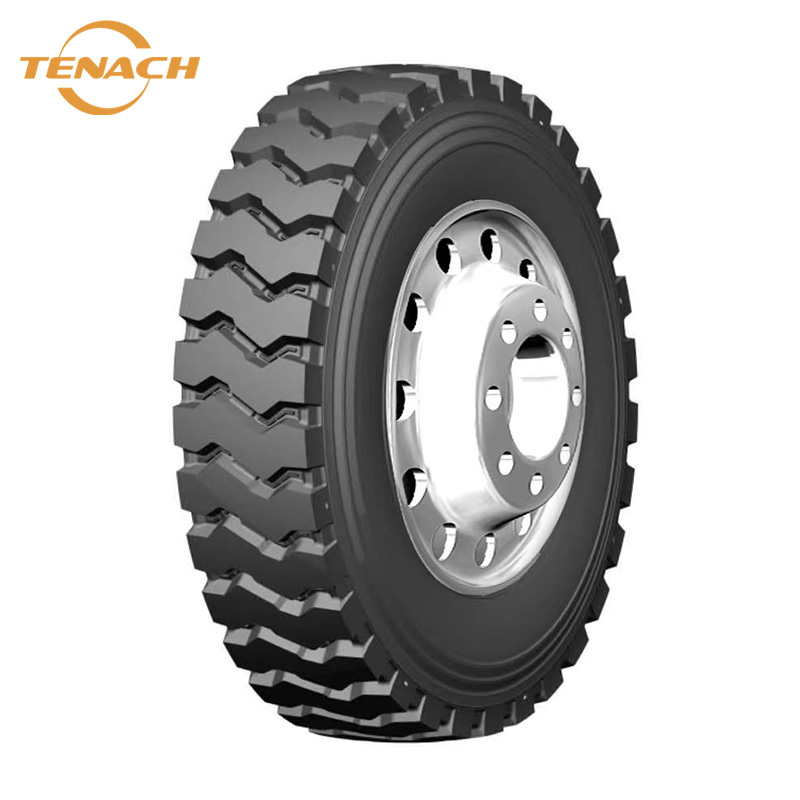Key features and characteristics of OTR tires
2023-10-18
OTR (Off-the-Road) tires, also known as Earthmover tires, are specifically designed for use in heavy-duty off-road applications. These tires are commonly used in industries such as mining, construction, agriculture, and forestry, where vehicles operate in challenging terrains and harsh conditions. Here are some key features and characteristics of OTR tires:
1. Robust Construction: OTR tires are built to withstand the demands of off-road environments. They feature a rugged construction with reinforced sidewalls, strong casings, and thick treads to provide enhanced durability and resistance to cuts, punctures, and impacts.
2. Large Size: OTR tires are significantly larger in size compared to regular vehicle tires. They come in various sizes and can range from several feet in diameter to even larger sizes for specialized applications. The large size allows for better load-carrying capacity and improved traction on uneven surfaces.
3. Deep Tread Patterns: OTR tires have deep and aggressive tread patterns that provide excellent traction in challenging terrains such as mud, gravel, rocks, and loose soil. The tread design varies depending on the specific application, with options available for different types of off-road conditions.
4. Self-Cleaning Properties: OTR tires are designed with self-cleaning properties, meaning that the tread pattern is structured in a way that allows the tire to shed mud, rocks, and debris as it rotates. This helps maintain traction and prevents the tire from getting clogged, improving overall performance in muddy or sticky environments.
5. High Load-Carrying Capacity: OTR tires are capable of carrying heavy loads. They are designed to support the weight of large machinery and equipment used in industries such as mining and construction. The strong construction and reinforced sidewalls allow for safe and efficient load transportation.
6. Low Pressure Operation: OTR tires are often operated at lower air pressures compared to regular vehicle tires. This helps distribute the weight of the vehicle over a larger surface area, reducing the impact on the ground and minimizing soil compaction, particularly in agriculture and forestry applications.
7. Heat and Weather Resistance: OTR tires are engineered to withstand extreme temperatures, whether it's the heat generated during prolonged use or the cold temperatures in winter conditions. They are also resistant to weather elements such as UV radiation, ozone, and moisture, which can deteriorate the tire's performance over time.
8. Versatility: OTR tires are available in various designs and configurations to suit different off-road applications. This includes tires for loaders, bulldozers, graders, dump trucks, agricultural equipment, and other heavy machinery. They can be customized based on specific requirements such as tread pattern, size, and load capacity.
9. Maintenance and Retreading: OTR tires require regular maintenance to ensure optimal performance and longevity. This includes proper inflation, rotation, and regular inspections for damage. In some cases, OTR tires can be retreaded, which involves replacing the worn-out tread with a new layer of rubber to extend the tire's life and reduce costs.
10. Safety Considerations: Due to their robust construction and specialized design, OTR tires provide enhanced safety for operators and equipment. They offer improved traction and stability, reducing the risk of accidents and providing better control in challenging off-road conditions.
OTR tires play a crucial role in enabling heavy-duty vehicles to operate in demanding off-road environments. Their durability, traction, load-carrying capacity, and resistance to damage make them essential components for industries that rely on machinery and equipment to navigate challenging terrains and carry out critical operations.



